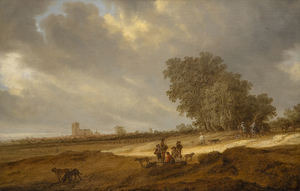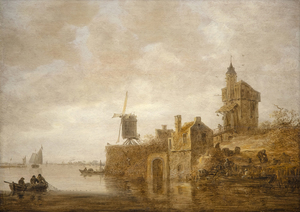Heather James Fine Art offre une vaste gamme de services à la clientèle qui répondent à vos besoins particuliers en matière de collection d'œuvres d'art. Notre équipe d'exploitation comprend des gestionnaires d'œuvres d'art professionnels, un service de registraire complet et une équipe logistique possédant une vaste expérience du transport, de l'installation et de la gestion des collections d'œuvres d'art. Avec un service de gants blancs et des soins personnalisés, notre équipe fait un effort supplémentaire pour assurer des services artistiques exceptionnels à nos clients.
PLANIFICATION SUCCESSORALE ET FISCALE

Fiducies d'art
Documentation complète de l'œuvre d'art ou de la collection à l'aide de documents numériques, de photographies et de rapports d'état pour la planification successorale à la juste valeur marchande.
Facilitation des évaluations à des fins d'assurance et pour les besoins de la déclaration de l'impôt sur les successions.
Cadeaux de musée
Interfaçage avec les musées pour faciliter les dons, y compris l'aide à la navigation dans les documents fiscaux et les formulaires légaux nécessaires.
Obtenir des documents d'évaluation pour les dons.
GESTION DES COLLECTIONS
Documentation de la collection
Catalogage de votre collection à l'aide d'une documentation d'inventaire détaillée comprenant des photographies, des rapports d'état et des certificats d'assurance organisés et conservés dans nos dossiers numériques.
Installation et sécurité
- Installation à service complet pour tous les types et toutes les tailles d'œuvres d'art.
- Services de manutention d'œuvres d'art mur à mur : installation et désinstallation ; emballage sur mesure pour le transport ou l'entreposage ; installation spécialisée pour l'atténuation des tremblements de terre et l'atténuation du vol ; consultation sur les systèmes de sécurité.
- Home curation : installateurs et conservateurs internes pour aider à la mise en place et à la conception de la collection ; conseils sur l'éclairage et les systèmes d'exposition personnalisés tels que les socles et les vitrines.
- Facilitation de la conservation, de la restauration et de la préservation.
Prêts stratégiques à des musées du monde entier
Un service de registraire interne pour superviser la planification logistique, la paperasserie nécessaire et la documentation pour les prêts aux musées.

DIVESTITURES

Interface avec les maisons de ventes aux enchères, les concessionnaires et les clients privés
Coordination logistique avec les maisons de ventes aux enchères, y compris l'emballage, le ramassage, le transport et l'installation.
Relations avec les marchands et les clients privés pour la recherche d'œuvres d'art.
Évaluation de l'état et de la qualité des œuvres d'art en vue d'un achat ; aide à l'obtention de certificats d'authentification de la part de fondations d'artistes ou d'experts universitaires.
GESTION LOGISTIQUE
Suivi de la localisation de tous vos travaux.
Emballage personnalisé pour garantir que votre œuvre d'art arrive à son nouvel emplacement dans le même état qu'à son départ.
Plusieurs options de livraison pour répondre à vos besoins.
Stockage et transport climatisé : stockage sécurisé sur site ou dans des installations externes ; coordination avec des partenaires de confiance et des sociétés de transport d'œuvres d'art.
Manipulation de gants blancs pour assurer la sécurité de l'œuvre d'art à chaque étape du transport par voie aérienne, terrestre ou maritime, de la mise en caisse et de l'emballage au déballage et à l'installation.
Solutions personnalisées pour l'expédition d'œuvres d'art multimodales à l'échelle nationale et internationale.

ÉVALUATIONS

Mise à jour des évaluations et des mises à jour du marché en temps réel
- Des partenariats de longue date avec des évaluateurs pour une documentation efficace et complète.
- Accès à des outils d'étude de marché pour l'évaluation, y compris des graphiques de l'indice des prix du marché et des données comparables pour les adjudications.
- Documentation complète de l'information sur les œuvres d'art, y compris la provenance, l'historique de l'exposition et les références bibliographiques.
Conseil en assurance
Certificats d'assurance et évaluations à des fins d'assurance
FINANCIER
Nous nous associons à vous pour évaluer vos objectifs de collection et les possibilités d'investissement, et nous vous présentons des œuvres d'art en fonction des rendements potentiels et de vos goûts personnels.
- Forts de plusieurs dizaines d'années d'expérience, nos consultants experts en art et notre équipe de recherche utilisent les outils du marché de l'art, l'historique des ventes, les indices de l'art et bien d'autres choses encore pour informer nos clients sur les opportunités financières qui s'offrent à eux.
- Jim Carona, fondateur et propriétaire, a travaillé pendant des décennies dans le domaine de la finance. Il a mis à profit cette expérience lorsque Heather Sacre et lui ont ouvert la galerie en 1996. Jim continue d'utiliser son expertise du marché de l'art et du secteur financier pour aider ses clients à prendre des décisions avisées en matière d'investissement.
- Heather James Fine Art est en activité depuis plus de 25 ans et possède des galeries ou des bureaux de conseil à New York, Londres, Bâle, Los Angeles, San Francisco, Jackson Hole, Palm Desert, Montecito, Newport Beach et Palm Beach. Comme nous nous sommes occupés d'œuvres d'art importantes couvrant un large éventail de genres et de périodes, nous avons eu la chance de placer des œuvres auprès de certains des plus grands collectionneurs du monde. Toujours soucieux d'être une ressource dans les décisions relatives à l'art, nous avons le plaisir d'aider nos clients à s'y retrouver dans le marché de l'art et dans le potentiel d'investissement de l'art en tant qu'actif.
Heather James Fine Art n'est pas un conseiller en placement, juridique ou fiscal agréé. Toutes les opinions financières et d'investissement exprimées par Heather James Fine Art sont des opinions basées sur des recherches personnelles. Les performances passées ne sont pas une garantie de rendement futur, et ne sont pas nécessairement indicatives des performances futures.
RESSOURCES SUPPLÉMENTAIRES

Encadrement
Recadrage, réencadrement, vitrage et conseils sur l'éclairage et l'affichage.
Conservation et restauration
Faciliter les traitements de conservation et de restauration du début à la fin, par la communication avec les restaurateurs, les propositions de traitement, le transport sécurisé et la documentation du traitement.
Prêts à l'achat et liquidités
Aide à l'obtention de prêts pour l'acquisition d'œuvres d'art ou contre l'acquisition d'œuvres d'art existantes.
Home Staging
Visites de consultation, sélection d'œuvres d'art pour les murs et les espaces clés, et installation.
L'échange et l'installation d'œuvres d'art qui peuvent se vendre pendant qu'elles sont exposées, car toutes les œuvres prévues pour la mise en scène demeurent actives dans la galerie.
Négociations avec l'acheteur d'une maison qui cherche également à acheter l'œuvre d'art exposée.
CONTACTER
LIEUX
45188 Portola Avenue
Palm Desert, CA 92260
(760) 346-8926
Heures d'ouverture : Du lundi au samedi de 9 à 17 heures
172 Center Street, Suite 101
P.O. Box 3580
Jackson Hole, WY 83001
(307) 200-6090
Heures d'ouverture : Sur rendez-vous



















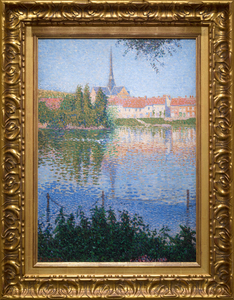
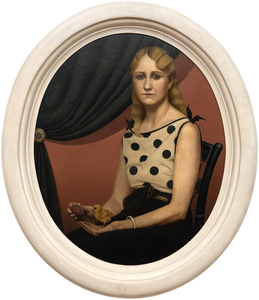
,_new_mexico_tn40147.jpg )
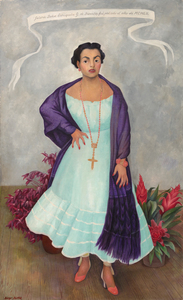
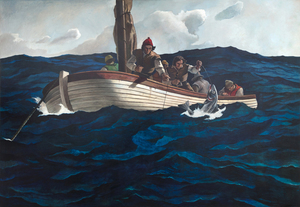
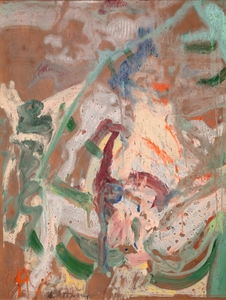
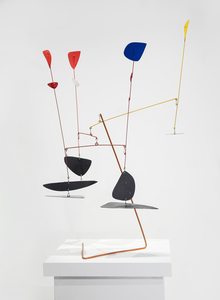
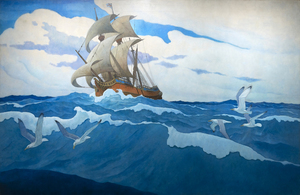
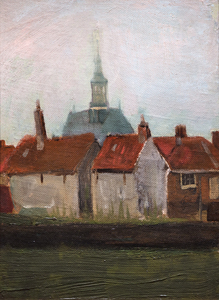
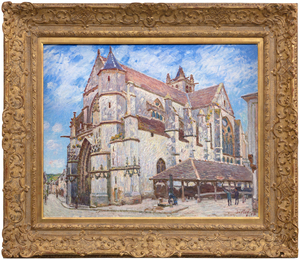
_tn45742.jpg )
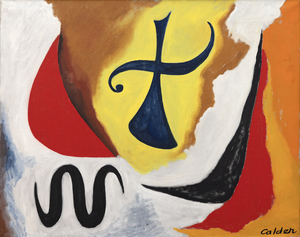
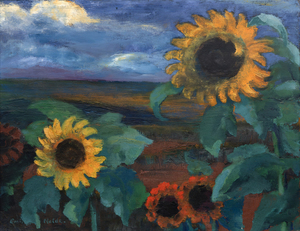

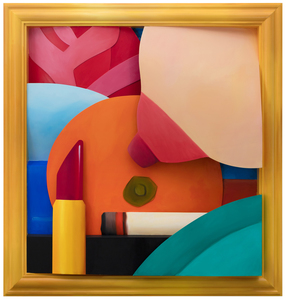
_tn45734.jpg )
_tn45731.jpg )
_tn45741.jpg )
_tn43950.jpg )
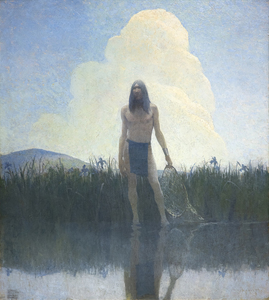
_tn45739.b.jpg )
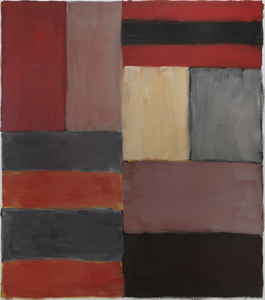
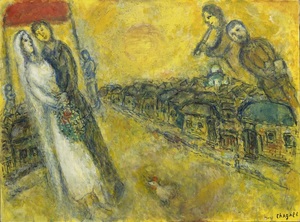
_tn45733.jpg )
_tn40169.jpg )
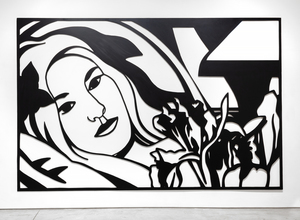
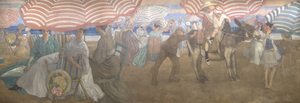
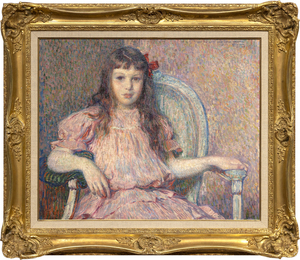
![SIR WINSTON CHURCHILL-View of Loch Choire (C 51) Painted while staying at Dunrobin Castle, the estate of the Duke of Sutherland, Churchill chose to set his easel behind a tree where he likely thought of it as a framing device, adding a layer of depth, creating a stronger sense of foreground, middle ground, and background, enhancing the three-dimensionality of the picture. Churchill painted at both Dunrobin as well as the Duke’s Sutton Place estate, later the home of John Paul Getty.<br><br>As Mary Soames describes it in her book, Winston Churchill, His Life as a Painter, “1921 had been a year of heavy personal tidings” for Churchill and his family, as he lost both his mother, Jennie Cornwallis-West, and his beloved child, Marigold, aged nearly four. In a letter to his wife Clementine, Churchill wrote, “… Many tender thoughts, my darling one of you and yr sweet kittens. Alas I keep on feeling the hurt of the Duckadilly [Marigold’s pet name].” That Churchill chose to stay with the Duke and Duchess at Dunrobin just after Marigold’s death speaks to their close friendship and his fondness for the area, including Loch Choire. It is no surprise that Churchill gifted the painting to the Duke of Sutherland](/Art_Images/Small/sir_winston_churchill_view_of_loch_choire_(c_51)_tn45743.jpg )
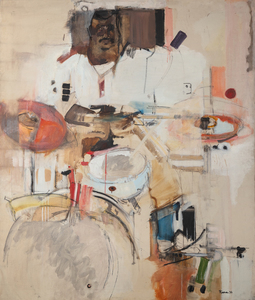
_tn45732.jpg )
_tn27035.jpg )
_tn45736.jpg )
![SIR WINSTON CHURCHILL-The Library of Sir Philip Sassoon's House at Lympne (C 19) Churchill counted as both a friend and political ally, Phillip Sassoon – one of Britain's great hosts, cousin of famed poet Siegfried Sassoon, and the man upon whom Noël Coward crowned "a phenomenon that will never recur”. Sassoon and his sister Sybil were among Winston and Clementine’s great friends. As described by Lady Soames in her book, “Philip Sassoon was a man of charm and distinction, and he dispensed princely hospitality to a brilliant and varied circle of friends at his two country houses, Port Lympne and Trent Park. He made a remarkable collection of works of art. Winston received much help and encouragement from Sassoon, and painted many pictures of both his house and gardens. One of the ways in which Winston taught himself to paint was by copying pictures he admired. With his large and varied collection, Sir Philip was able to be of help in this way, too, and Winston studied and copied quite a number of his friend’s pictures. Sassoon was a friend and patron of John Singer Sargent, and owned many of his works. Winston admired several of these, and found them highly instructive; in 1926, [less than two years before this painting was created] Philip Sassoon wrote Winston this note, which accompanied a generous present and a helpful loan:<br><br>My dear Winston,<br><br>You have often admired the picture of John Lewis Brown of the two horsemen that hung at Trent, so I am sending it to you with my best wishes in the hope that you find a corner for it at Chartwell. I am also sending th little Sargent picture wh you asked for. He painted it when he was 18!”<br><br>One is struck by Sassoon’s generosity, and can see in later works how his close study of Sargent influenced Churchill.](/Art_Images/Small/sir_winston_churchill_the_library_of_sir_philip_sassoon's_house_at_lympne_(c_19)_tn45745.jpg )
